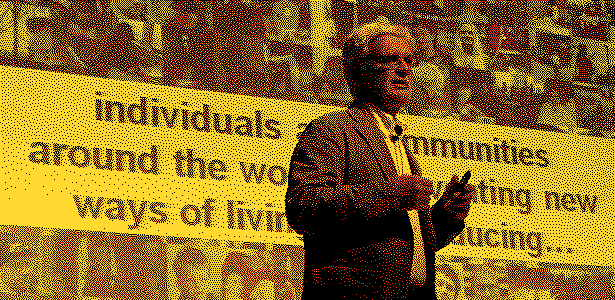The talk of Ezio Manzini on Design for Social Innovation organized by the MICA’s Center for Social Design impressed me. Manzini is making an effort in connecting the dots. For me he succeeded in narrating a complex field in an concise and compact way, without oversimplification.
Now i am reading his book Design, When Everybody Designs. An Introduction to Design for Social Innovation. He is concentrating on citizens efforts in creating sustainable ways to produce, to consume, to collaborate, to co-design, or generally to get organized to approach shared problems and satisfy needs. And he discusses and shows what the “expert designer” can do in all this. As in his lecture he draws together many things, and connects them in a way that makes sense using his map of the field.

Obviously in the book he has more time and space to go deeper and, above all, also to get into many exemplary cases. As far as i can say for now he is not addressing political, macroeconomic and institutional aspects. If you want to know more on those things, i recommend to read “Transformationsdesign. Wege in eine zukunftsfähige Moderne” von Harald Welzer und Bernd Sommer. I presented it on this blog together with two other excellent books on Eco-Social Design (“To Do: Die neue Rolle der Gestaltung in einer veränderten Welt” by Florian Pfeffer zusammen and “Tools for the Design Revolution. A handbook for sustainable design strategies“ by Institute of Design Research Vienna). Those four books, with their difference in background, focus, language and style complete each other very well. At the same time they seam to be based on more or less the same values and to share similar overall aims.
